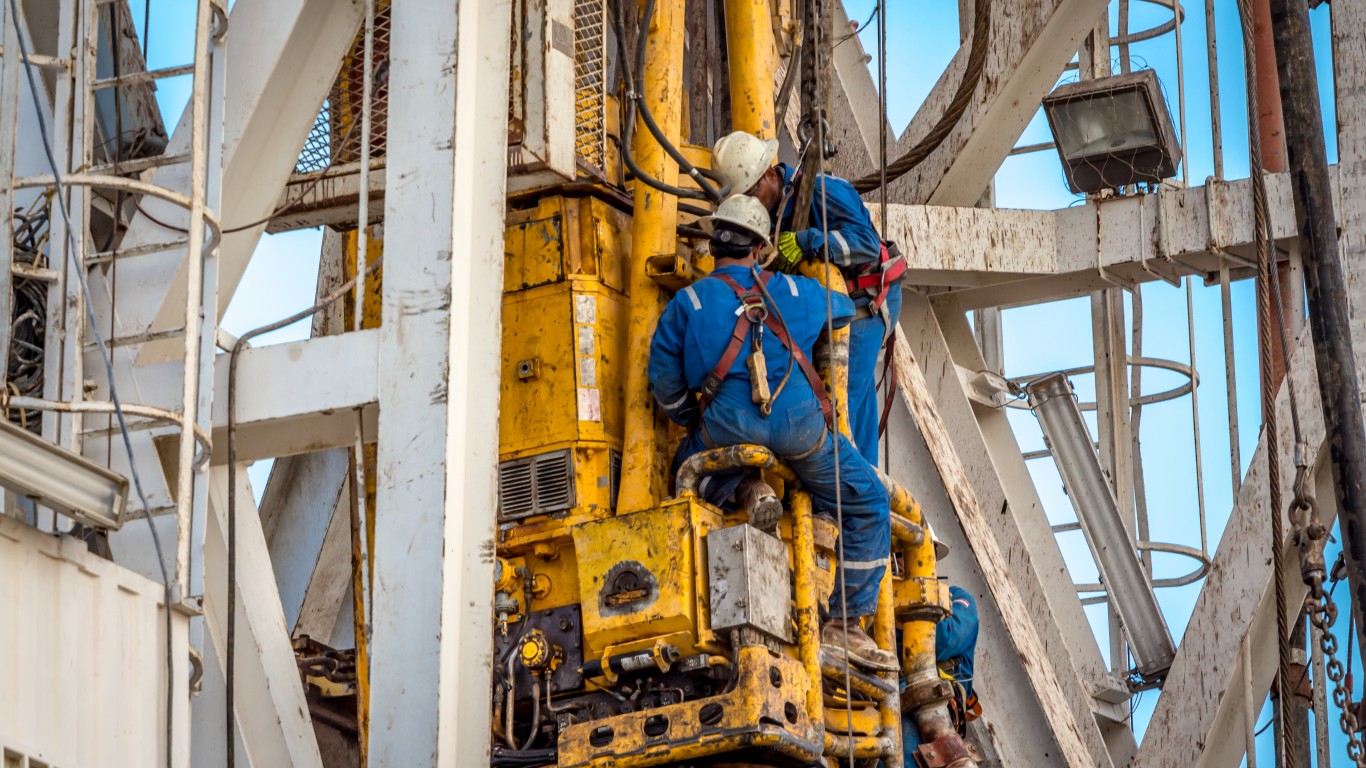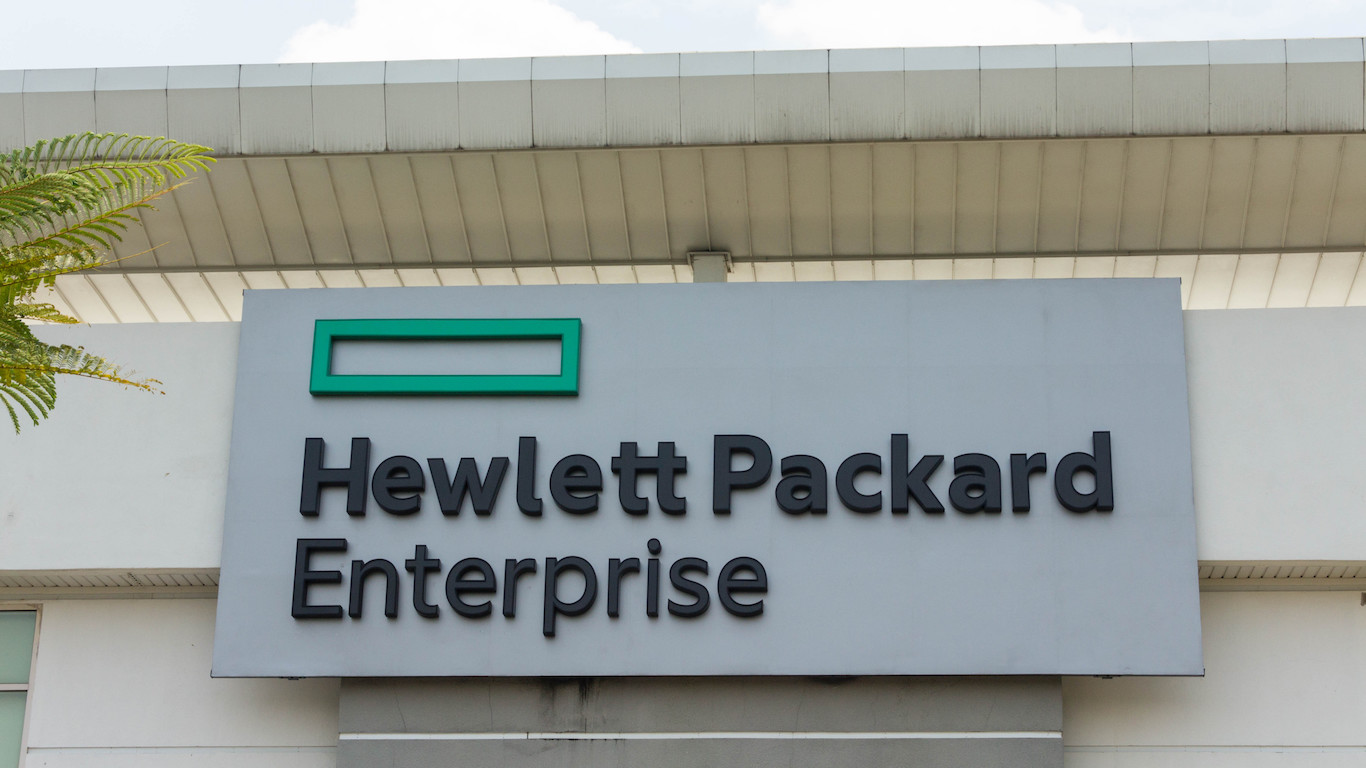
Soaring crude oil prices have hit consumers hard over the past month or so. The combined effects of higher demand for energy, the Russian invasion of Ukraine, and the reluctance of producers to increase the flow of crude have sent U.S. pump prices soaring.
President Joe Biden is expected to announce Thursday that he has ordered 1 million barrels a day of crude to be released from the U.S. Strategic Petroleum Reserve for a period of six months. That sent crude prices down by about 4% in morning trading Thursday.
In early January, West Texas Intermediate (WTI) sold for around $76 a barrel, about 35% less than a recent price of around $103 a barrel. In April of 2020, WTI sank to around $17 a barrel as the first wave of COVID-19 brought the global economy to a grinding halt. Within the past 30 days, WTI traded briefly at around $130 a barrel.
When independent exploration and production (E&P) companies were setting their capital spending budgets for 2022, most expected to spend right around what they spent last year. Marathon Oil, for example, forecast capex of $1.2 billion for 2022, compared with spending of $1.03 billion last year. Pioneer spent $3.4 billion last year and estimated it would spend between $3.3 billion and $3.6 billion this year.
The bulk of capital spending would be on new drilling, and the beneficiaries of that focus would be the oilfield services firms that supply the rigs, other equipment and labor to E&Ps so they can produce more oil. Analysts Roger D. Read and Lauren Hendrix Walker at Wells Fargo Securities think that international demand for oilfield services will be strong until the end of next year:
We believe the International (i.e., non-North America) oil field markets are poised for strong and durable recoveries through year-end 2023 at a minimum. In terms of activity improvements to come and the anticipated magnitude of pricing /margin increases (supported by IOC and international IOC capex announcements), the international markets appear more likely to surprise to the upside relative to the North American market, in our view.
It is a slightly different story in North American and the United States, they write:
We attribute [the U.S.] outlook, which is different from typical recoveries, to: public E&P spending discipline/ESG, commodity price differences (particularly for natural gas), energy security requirements, and supply chain and logistics bottlenecks already apparent throughout North America.
Read and Walker expect global capex to increase in the mid-double digits this year, including a jump of 25% in the United States. Through 2025, they estimate annual increases of 5% to 6% “with US spending growth decelerating the most on a relative basis.” They expect U.S. capex to reach about $140 billion in 2023, well below average spending for 2017 through 2019 of $165 billion. They also estimate U.S. capex to reach $150 billion by 2025, approximately equal to the average for the five-year period between 2015 and 2019.
International capex is estimated to rise to $375 billion in 2023, again well below the 2017 through 2019 average of $391 billion. By 2025, the Wells Fargo analysts expect international exploration and production capex to surpass $400 billion, close to the five-year (2015-2019) average of $417 billion.
Wells Fargo’s top pick among six oilfield services stocks is Schlumberger Ltd. (NYSE: SLB). The analysts have maintained their Overweight rating on the company and raised their price target from $43 to $56. Based on Tuesday’s closing price of $42.63, the upside potential is 32%, based on a multiple of 12 times estimated 2023 EBITDA.
Baker Hughes Co. (NYSE: BKR) was upgraded from Equal Weight to Overweight and the $28 price target was raised to $43. Based on Tuesday’s closing price of $36.67, the upside potential is 16%, based on a sum-of-the-parts analysis. Read and Walker base their upgrade on the “prospects of a split into two separate companies, the improved outlook for LNG orders, and improvements in global [oilfield services operations].”
Wells Fargo maintained its Overweight rating on Chart Industries Inc. (NYSE: GTLS), while raising the price target on the stock from $166 to $200. The upside potential based on Tuesday’s closing price of $174.74 is 15%. The analysts based the change on a multiple of nine times estimated 2023 EBITDA.
Halliburton Co. (NYSE: HAL) was maintained at an Equal Weight rating and the price target was raised from $30 to $40. At Tuesday’s closing price of $37.85, the potential upside on the stock is 4%, based on a multiple of 10 times estimated 2023 EBITDA.
Liberty Oilfield Services Inc. (NYSE: LBRT) was downgraded from Overweight to Equal Weight and the price target was increased from $14 to $15. At Tuesday’s closing price of $14.83, there is essentially zero upside potential, based on a multiple of six times estimated 2023 EBITDA. The analysts wrote that Liberty’s “[year-to-date] share price performance limits upside potential.”
Wells Fargo maintained its Underweight rating on NOV Inc. (NYSE: NOV), while raising the price target on the stock from $14 to $16. Based on Tuesday’s closing price of $19.66, the stock price faces a decline of around 19%. The analysts based their change on a multiple of nine times estimated 2023 EBITDA.
Credit card companies are handing out rewards and benefits to win the best customers. A good cash back card can be worth thousands of dollars a year in free money, not to mention other perks like travel, insurance, and access to fancy lounges. See our top picks for the best credit cards today. You won’t want to miss some of these offers.
Flywheel Publishing has partnered with CardRatings for our coverage of credit card products. Flywheel Publishing and CardRatings may receive a commission from card issuers.
Thank you for reading! Have some feedback for us?
Contact the 24/7 Wall St. editorial team.
 24/7 Wall St.
24/7 Wall St.


